New York City is full of amazing stories of transformation. Many neighborhoods are dramatically different from the way they were 100 years ago. That’s certainly true of Midtown East, the area around Grand Central Terminal, and it is on the cusp of a new era of transformation. Various city agencies are managing that transformation, which included a rezoning plan abandoned in 2013. It also includes preservation. That’s where the Landmarks Preservation Commission comes into play.
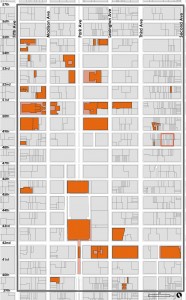
Map showing existing landmarks and historic district in the Greater East Midtown Initiative area. Via LPC
Calling it the Greater East Midtown Initiative, the commission has surveyed the area from 39th Street to 57th Street and Fifth Avenue to Second Avenue, divided into three eras – the pre-Grand Central Terminal era, the Grand Central Terminal City era, and the post-Grand Central Terminal era (post-completion). There are already 38 individual landmarks and one historic district in that area, including Grand Central Terminal, the Chrysler Building, and the Turtle Bay Gardens Historic District.
The commission has located 12 structures in that area which it has deemed potentially worthy of designation and now officially sit on the calendar, following a vote on Tuesday.
Five of those buildings have been on the calendar for a few years. Those are the Pershing Square Building at 125 Park Avenue, the Graybar Building at 420 Lexington Avenue, the Shelton Hotel at 525 Lexington Avenue, the Beverly Hotel at 557 Lexington Avenue, and the Hotel Lexington at 511 Lexington Avenue. A public hearing will be held on July 19 for those sites.
Newly calendared from the pre-Grand Central Terminal era are the Minnie E. Young Residence at 19 East 54th Street, designed by Hiss & Weekes and built between 1899 and 1900, and the Martin Erdmann Residence (now the Friars Club) at 57 East 55th Street, designed by Taylor & Levi and built between 1908 and 1909.
From the Grand Central Terminal City era, there is 18 East 41st Street, designed by George & Edward Blum and built between 1912 and 1914; the Hampton Shops Building at 18-20 East 50th Street, designed by Rouse & Goldstone and built between 1915 and 1916; the Yale Club (which LPC Chair Meenakshi Srinivasan called “classic”) at 50 Vanderbilt Avenue, designed by James Gamble Rogers and built in 1915; and the narrow 400 Madison Avenue, designed by H. Craig Severance and built between 1928 and 1929.
Finally, from the post-Grand Central Terminal era, there is the former Citicorp Center (now 601 Lexington Avenue) and St. Peter’s Lutheran Church. The complex was designed by Hugh A. Stubbins, Jr., Emery Roth & Sons, and E.L. Barnes. The tower was built between 1974 and 1978 and the church and chapel in 1977. Srinivasan called this site her “personal favorite” among the newly calendared items.
“Greater East Midtown has always been the commercial center of New York, and its authenticity and dynamism largely derive from the textured coexistence of historic buildings and new construction,” said Srinivasan in a statement. “The area will undoubtedly change, as it has in the past, to remain competitive and at the forefront of the global economy. Our challenge was to conceptualize a preservation strategy to protect a collection of significant buildings that, together, establish a historical narrative that will continue to be legible amidst future change. The agency developed a comprehensive approach to studying this area, resulting in the recommendation of 12 very worthy historic buildings for designation, which will complement the existing 38 individual landmarks. This administration is committed to advancing these calendared properties towards a designation vote this year.”
“Protecting and preserving East Midtown’s landmarks was a key goal of the East Midtown plan we developed,” said Manhattan Borough President Gale Brewer in a statement. “I appreciate the attention the Landmarks Preservation Commission’s staff has given to the East Midtown Steering Committee’s recommendations, and I urge the commissioners to recognize the architectural and historic merits of these 12 worthy sites.”
“I always felt that it was important for the Landmarks Commission to do a complete review of the historic resources in East Midtown before we executed a rezoning plan,” said Council Member Dan Garodnick in a statement. “This took an enormous amount of time and effort, and we appreciate that they are presenting a thoughtful package for consideration.”
After the session, the Historic Districts Council, which monitors all LPC proceedings and represents over 500 organizations across the city, put out a statement.
“HDC is pleased that the LPC has acted to recognize some of the important buildings in this area prior to any city action that might place additional development pressures on structures currently built to their allowable bulk. This is a good model for how planning should work in this historic metropolis,” HDC said. “We are very disappointed, however, by the seeming disregard the agency has for the area’s non-designated Midcentury Modern office buildings. There are several in the area of exceptional quality – and New York City’s architectural patrimony would be better served if the LPC became involved in their stewardship and preservation.”
No date has been set for public hearings on the seven items newly calendared on Tuesday.
Subscribe to YIMBY’s daily e-mail
Follow YIMBYgram for real-time photo updates
Like YIMBY on Facebook
Follow YIMBY’s Twitter for the latest in YIMBYnews

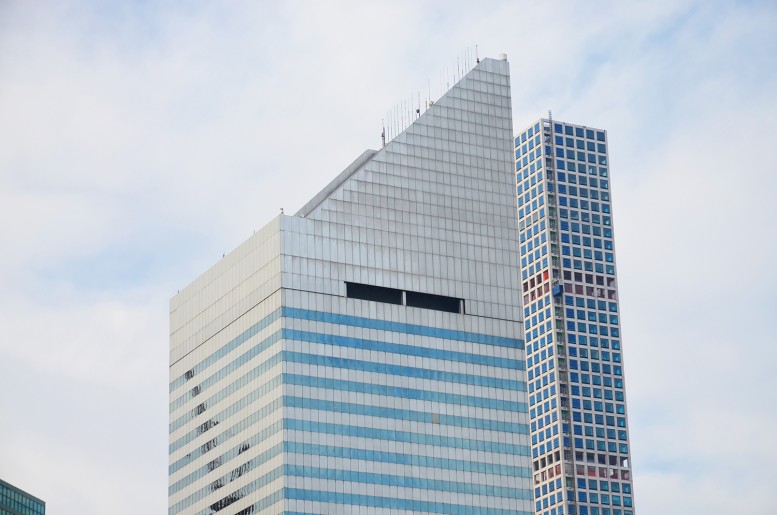




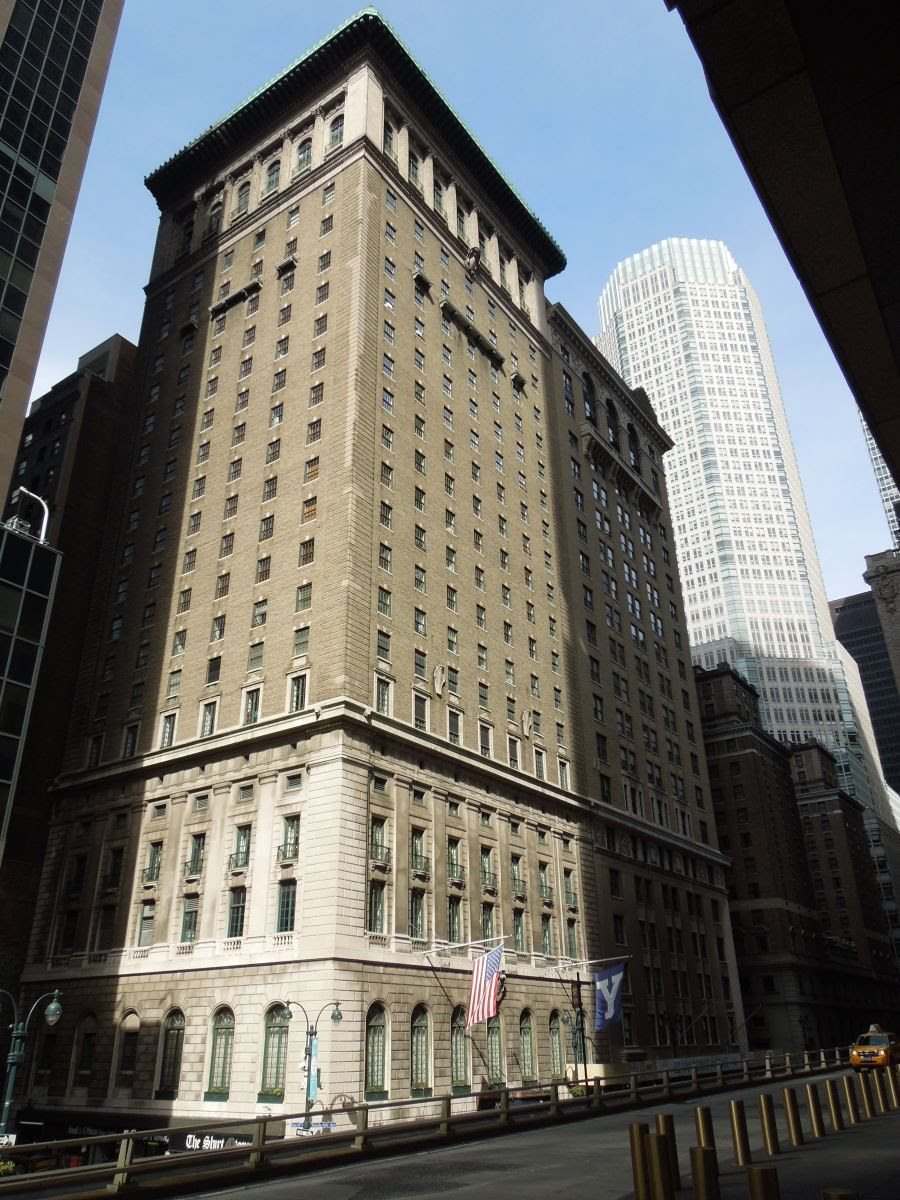
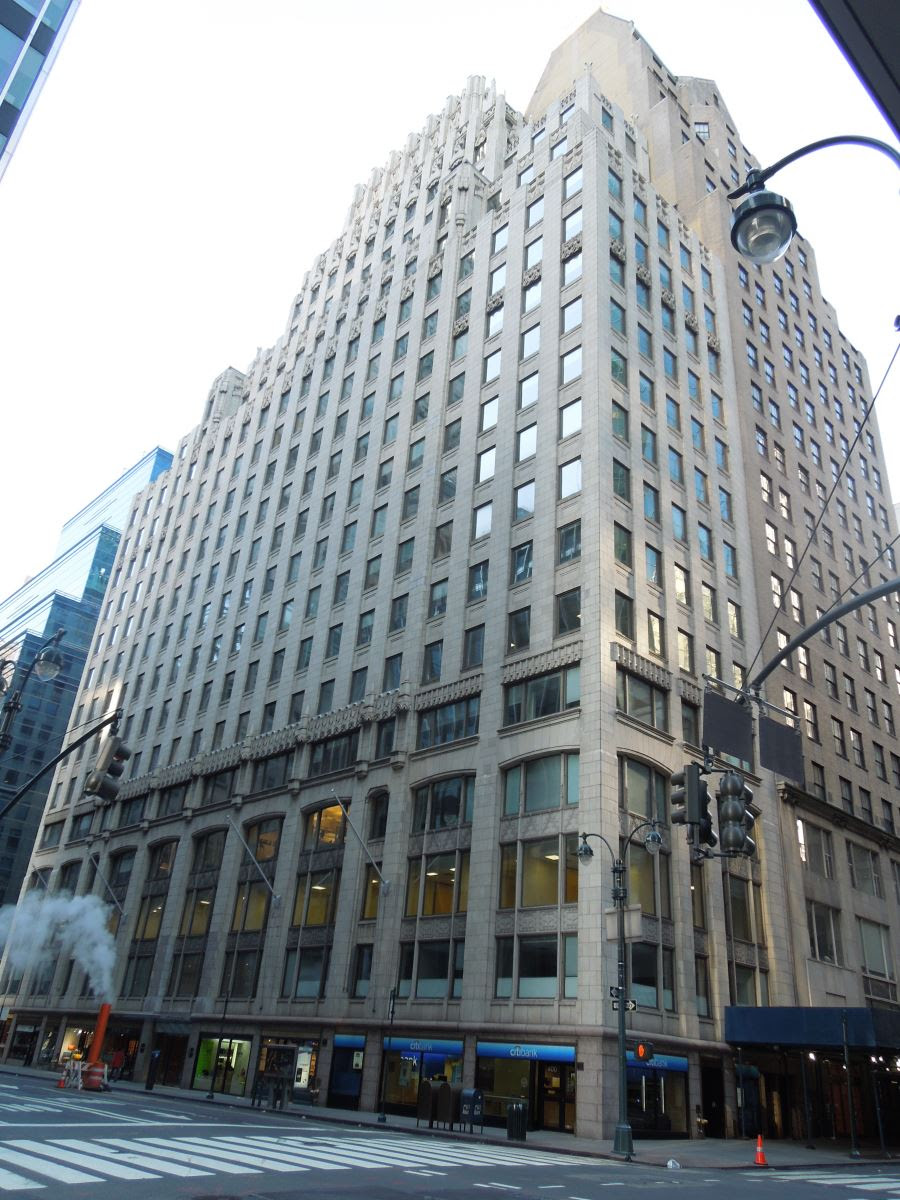
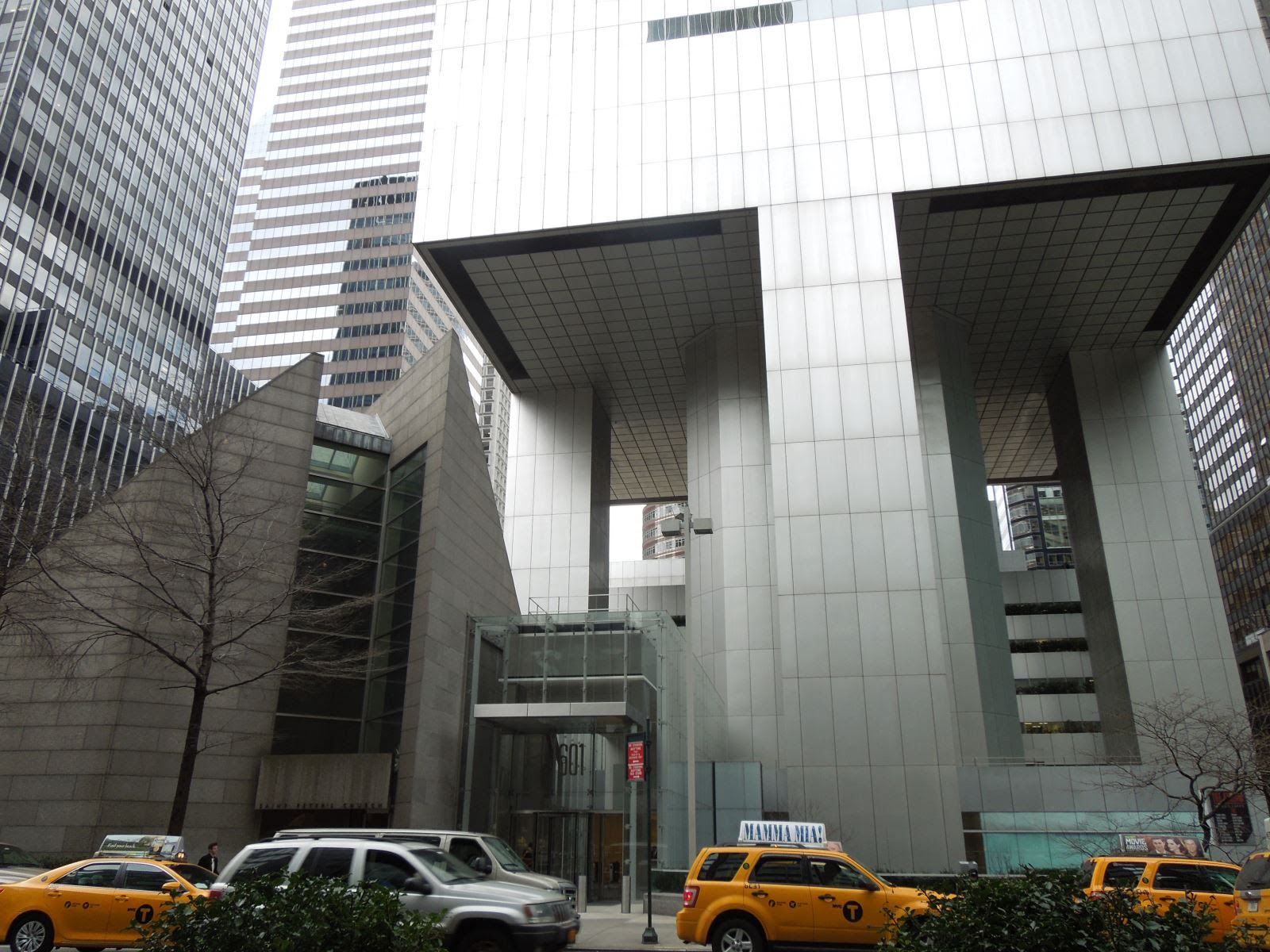
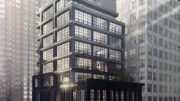
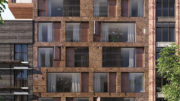
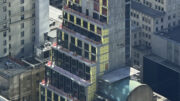

Day-to-day that I see skyscrapers in the city, New York never die from development.
Surely the Roosevelt Hotel should be on the list of Landmarks for the Midtown East area. Grand Central Station is obviously landmarked and the Roosevelt which was part of the original Grand Central area development of the early 20th c. is the only remaining hotel in it’s basically original condition. Both the magnificent Biltmore and Commodore (totally altered) are regrettably no more so the Roosevelt must remain!